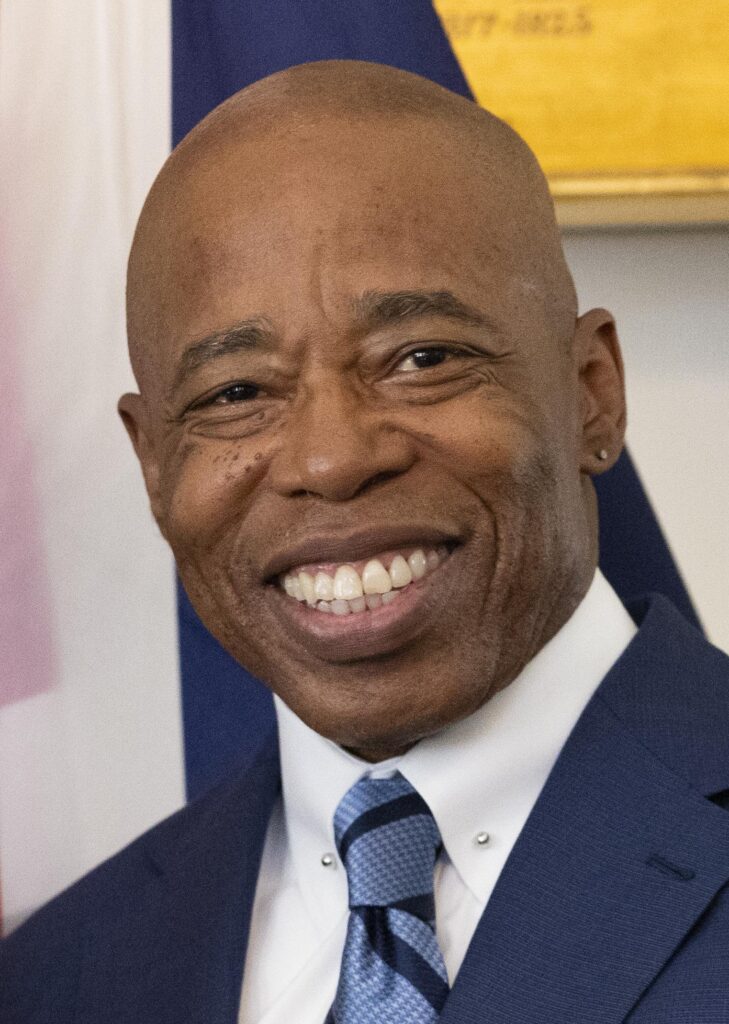New York City Mayoral Race: Adams Confronts Cuomo on Legacy and Leadership
Mayor Eric Adams Calls Out Cuomo on Responsibility for Statewide Challenges
Eric Adams, the current Mayor of New York City, has openly challenged former Governor Andrew Cuomo, accusing him of attempting to leverage problems that originated during his own administration. Adams argues that Cuomo’s campaign is largely focused on reversing the very difficulties that arose under his leadership, including critical issues like the COVID-19 crisis management, infrastructure shortcomings, and economic instability. The mayor insists that true leadership requires owning past mistakes rather than political spin.
Adams has underscored several priority areas where he believes accountability is essential:
- Enhancing Public Safety: Addressing rising crime concerns and bolstering law enforcement support.
- Ensuring Fiscal Transparency: Advocating for clear budget oversight and cutting unnecessary expenditures.
- Strengthening Healthcare Systems: Promoting long-term, sustainable healthcare reforms instead of temporary fixes.
| Issue | Adams’ Perspective | Cuomo’s Tenure |
|---|---|---|
| COVID-19 Management | Calls for transparent and accountable leadership | Criticized for nursing home policies and data transparency |
| Infrastructure | Prioritizes modernization and timely upgrades | Faced criticism for budget overruns and project delays |
| Economic Development | Focuses on supporting small businesses and job creation | Mixed outcomes with unemployment rates and economic recovery |
Assessing Cuomo’s Impact on New York City’s Present-Day Issues
Mayor Adams has attributed many of New York City’s current difficulties to policies enacted during Cuomo’s governorship. He frames the mayoral contest as a battle for accountability, emphasizing that the city continues to grapple with the consequences of decisions made in Albany. Key areas affected include:
- Public Safety Decline: Policy changes under Cuomo are linked to setbacks in crime prevention efforts.
- Infrastructure Deficiencies: Years of underfunding and deferred maintenance have left critical systems vulnerable.
- Budgetary Limitations: Fiscal constraints from past governance have restricted the city’s ability to innovate and invest.
This perspective shapes much of the ongoing debate, highlighting how Cuomo’s administration has left a lasting imprint on urban governance. The table below summarizes these challenges and Adams’ current priorities:
| Challenge | Impact During Cuomo’s Term | Adams’ Focus |
|---|---|---|
| Crime Rates | Reduction in policing initiatives and community engagement | Rebuilding trust and enhancing public safety measures |
| Public Transportation | Postponed funding and maintenance backlogs | Accelerating transit system upgrades and modernization |
| Homelessness | Insufficient investment in affordable housing and shelters | Expanding housing options and support services |
Political Stakes: The Mayoral Race as a Debate on Legacy and Policy Reversals
Mayor Adams has positioned the election as a referendum on accountability, directly challenging Cuomo’s record. He contends that Cuomo’s campaign is centered on promises to fix problems that were largely created or exacerbated during his time as governor. This framing has heightened political tensions, turning the race into a contest over who is truly responsible for New York’s ongoing challenges.
Political experts note that this dynamic complicates voter decision-making by spotlighting:
- The risks and benefits of policy reversals in maintaining leadership credibility.
- How voters weigh past governance against future campaign promises.
- The strategic emphasis on legacy rather than introducing entirely new policy ideas.
To illustrate these points, the table below outlines key policy areas where Adams critiques Cuomo’s effectiveness:
| Policy Area | Issues During Cuomo’s Administration | Adams’ Criticism |
|---|---|---|
| Public Safety | Escalating crime rates and reduced enforcement | Failure to implement robust crime prevention strategies |
| Housing | Worsening affordable housing shortage | Inadequate incentives for housing development |
| Transportation | Neglect of subway and transit infrastructure | Delayed investments and modernization efforts |
Guidance for Voters: Evaluating Claims and Facts in the NYC Mayoral Election
As the mayoral race unfolds, voters are urged to critically assess campaign statements and seek information from a variety of trustworthy sources. With Mayor Adams accusing former Governor Cuomo of campaigning on remedies for problems he helped create, it is vital for the electorate to carefully analyze each claim. Effective strategies include cross-referencing Cuomo’s gubernatorial record with independent policy analyses and fact-checking resources to separate political rhetoric from verified data.
- Consult diverse news outlets to avoid biased perspectives.
- Watch or attend candidate debates to compare policy positions directly.
- Participate in community discussions to hear a range of viewpoints.
- Review impact assessments on governance and public services.
| Claim | Verification Method | Recommended Source |
|---|---|---|
| Cuomo’s policies caused NYC’s problems | Examine state governance reports from 2011 to 2021 | New York State Archives |
| Adams improved city safety | Analyze NYPD crime data trends | NYC Open Data Portal |
| Policy reversals are a campaign tactic | Compare official candidate platforms | Campaign websites and policy briefs |
Conclusion: A Defining Moment for New York City’s Leadership
The intensifying mayoral contest in New York City spotlights a fierce debate over leadership, accountability, and the city’s future trajectory. Mayor Eric Adams’ pointed critiques of former Governor Andrew Cuomo underscore the political complexities surrounding legacy and responsibility. As voters scrutinize each candidate’s record and proposals, this election stands as a critical juncture for shaping the direction of one of the world’s most dynamic cities. The coming months will reveal how these narratives influence public opinion and ultimately, the city’s path forward.













